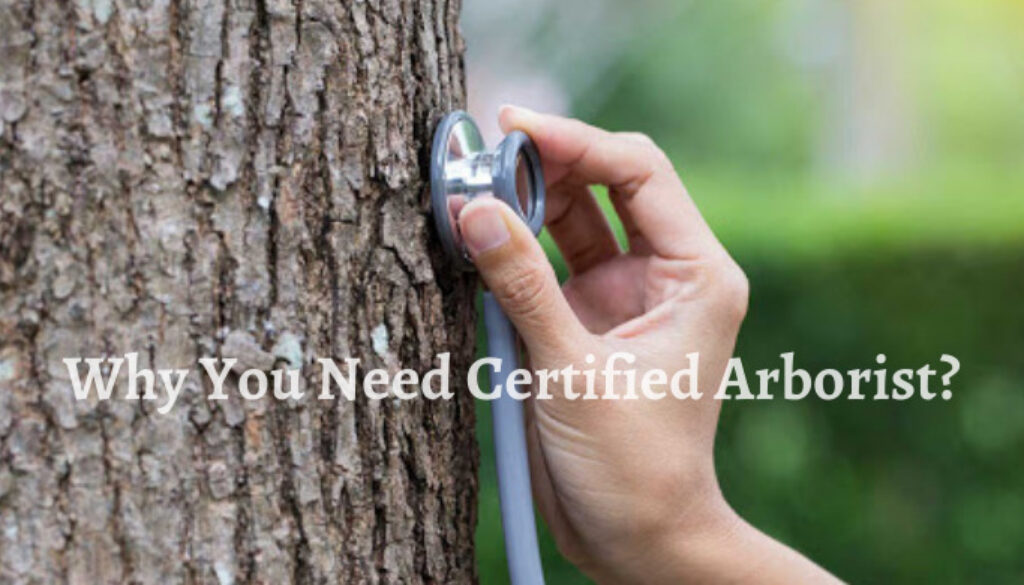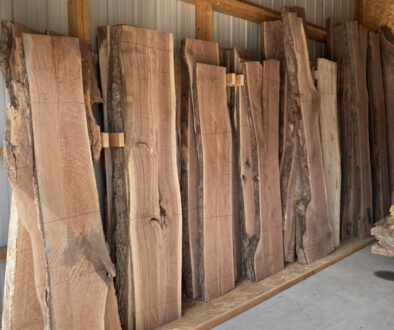Signs you may need to contact a Certified Arborist
Signs you may need to contact a Certified Arborist
Signs you may need to contact a Certified Arborist, if you notice any of these Visible signs of distress with your trees it time to call a professional
- Dead or Dying Branches: Branches that are brittle, breaking easily, or lack leaves indicate the tree might be suffering from disease, pests, or lack of nutrients. Dead branches pose a safety hazard as they can fall unexpectedly.
- Leaf Discoloration or Premature Leaf Drop: Leaves that are yellowing, browning, or have spots can indicate nutrient deficiencies, fungal infections, or other diseases. If leaves are falling earlier than usual, it could be a sign of stress, disease, or pests.
- Unusual Growths or Shapes:
- Stunted Growth: A tree not showing new growth might have issues with its root system, soil, or overall health.
- Abnormal Branch Development: Water sprouts (vigorous shoots) or suckers (shoots from the base or roots) can indicate stress or damage.
Uneven Canopy Development or Excessive Leaning: These may indicate structural problems or root damage.
Trunk and branch problems
- Cracks and Splits: Vertical cracks in the trunk or branches can signify structural weakness, internal decay, or disease, compromising the tree’s stability.
- Exposed or Missing Bark: Missing or peeling bark can leave the inner wood vulnerable to pests and diseases.
- Holes or Cavities: Holes in the trunk or branches can indicate pest infestations or decay.
- Mushrooms or Fungal Growth: Fungi growing on the tree or around its base are signs of decay or disease within the tree.
Root issues
- Exposed or Heaving Roots: Roots pushing up the soil or exposed due to erosion can indicate root damage or instability.
- Soft or Spongy Soil around Roots: This could be a sign of root rot or other diseases.
Pest and disease indicators
- Holes in the trunk or leaves: Can indicate wood-boring insects or other pests.
- Visible Pests, Sawdust, or Frass: The presence of insects, sawdust around the base of the tree, or frass can point to an infestation.
- Unusual Webbing or Sap Leakage: May signify pests like spider mites or aphids.
Other situations warranting professional attention
- Proximity Hazards: If your tree is leaning towards your home, power lines, or other structures, it’s a safety concern that needs expert assessment.
- Storm Damage: Trees affected by severe storms (broken branches, split trunks, precarious lean) need professional attention for safety and to prevent further damage.
Remember, catching issues early can help save your trees and prevent potential hazards. If you’re unsure about the health of your trees or need expert advice, contacting a certified arborist is a good idea.
Call Johnson Ops Tree Care for an evaluation of your landscape. One of the our Certified Arborist will be happy to meet with you.




